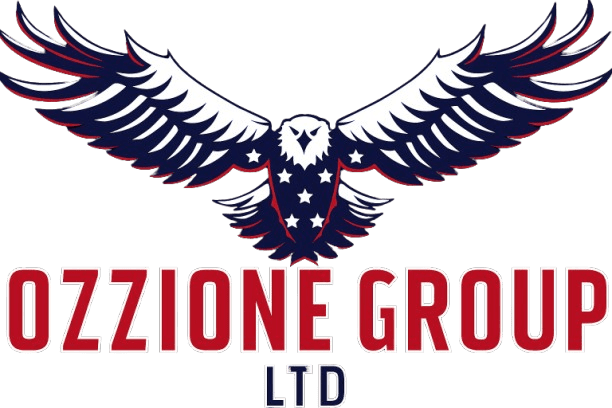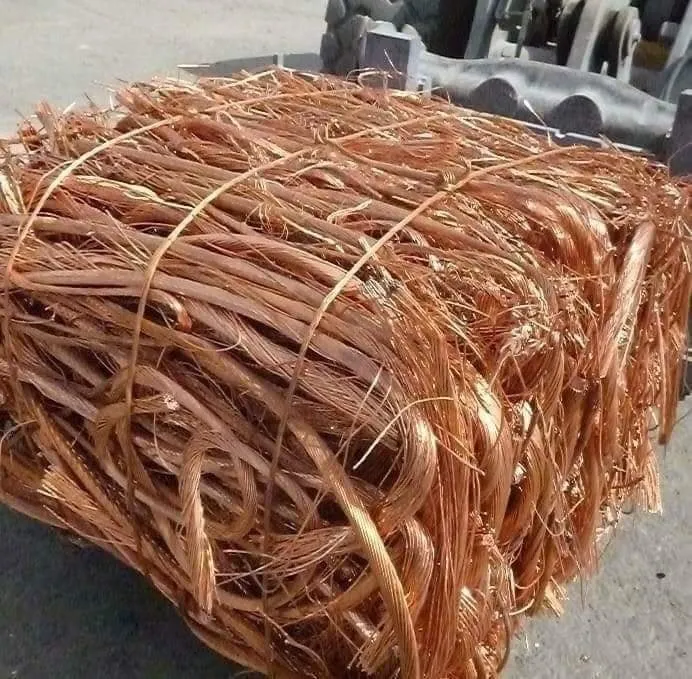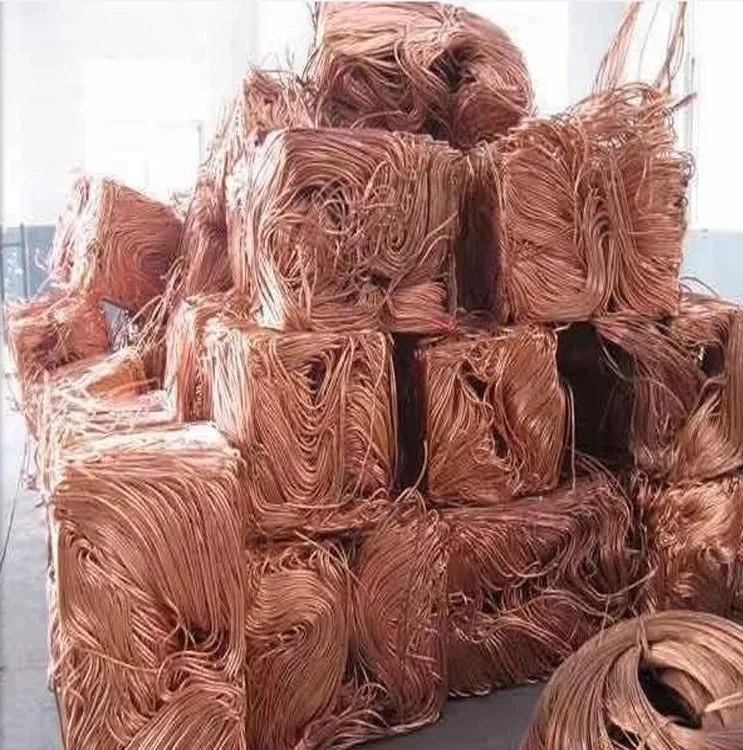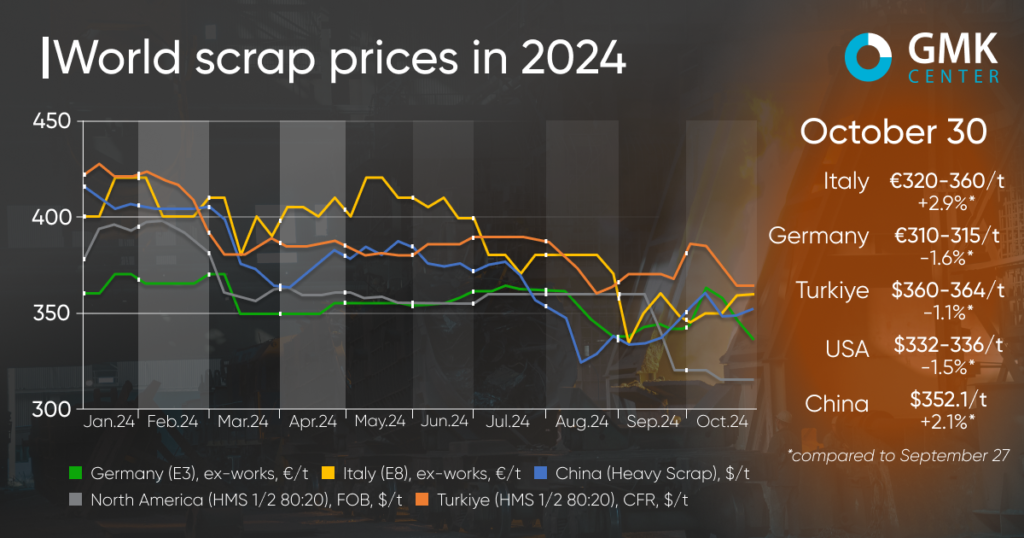Copper Wire Price Scrap: Understanding Market Dynamics and Value
Copper wire price scrap is a key concern for recyclers, contractors, and businesses dealing with metal salvage. Since copper is prized for its excellent conductivity and durability, it remains widely used in electrical wiring, electronics, and construction. Therefore, scrap copper wire forms a significant part of the global recycling market. Tracking the copper wire price scrap not only helps sellers maximize returns but also allows buyers to make cost-effective decisions.
What Influences Copper Wire Price Scrap?
Several factors influence the copper wire price scrap, causing it to fluctuate regularly:
1. Global Copper Market
First and foremost, copper trades on international commodity markets. Consequently, its price largely depends on global supply and demand. For instance, increased industrial activity or infrastructure projects worldwide tend to boost copper prices, which in turn raises scrap wire values.
2. Grade and Purity
Moreover, copper wire scrap is categorized into different grades based on purity and condition:
- Bare Bright Copper Wire: This is clean, uncoated, and unalloyed wire that fetches the highest price.
- #1 Copper Wire: Slightly tarnished but still free of insulation.
- #2 Copper Wire: May include coatings, oxidation, or solder, which lowers the price.
- Insulated Copper Wire: Requires stripping insulation, resulting in lower rates.
As a result, the cleaner and purer the copper, the higher the price it commands.
3. Supply and Demand
Furthermore, the balance of supply and demand plays a significant role. When demand for copper rises, scrap prices typically increase. Conversely, if the market has an oversupply of scrap copper wire, prices may fall.
4. Energy and Processing Costs
In addition, recycling copper involves energy-intensive processes such as stripping insulation and melting. Therefore, rising energy prices can cause scrap buyers to reduce their offers in order to cover higher costs.
How to Maximize Your Earnings
To get the best value for your copper wire scrap, consider the following tips:
- Strip insulation: Removing plastic or rubber insulation significantly increases scrap value.
- Sort wire by grade: Separating bare bright copper from lower grades improves pricing accuracy.
- Monitor market prices: Track copper commodity prices regularly and sell when prices peak.
- Shop around: Compare offers from different scrap yards or recyclers to find the best deal.
Conclusion
In conclusion, the copper wire price scrap fluctuates based on global copper prices, scrap quality, and market dynamics. By understanding these factors and preparing your scrap properly, you can maximize profits and navigate the scrap metal market more effectively. Whether you recycle a small batch or large quantities, staying informed about current prices is essential for success.






